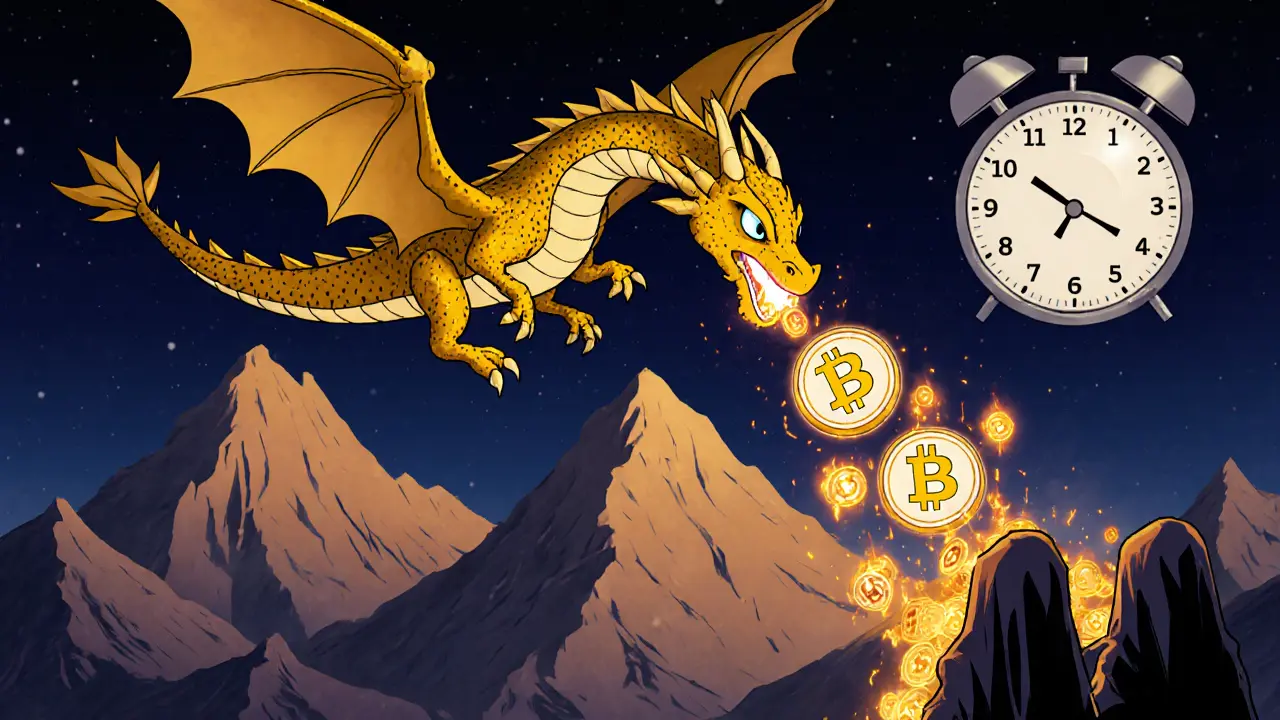Deflationary Cryptocurrencies: How Scarcity Drives Value in Crypto
When we talk about deflationary cryptocurrencies, digital assets with a fixed or decreasing total supply that become scarcer over time. Also known as burned-supply coins, they’re built on the idea that less supply means more value—especially when demand stays steady or grows. This isn’t just theory. Bitcoin, the most famous example, has a hard cap of 21 million coins, and every four years, new coin rewards drop by half. That’s not a bug—it’s the whole design. Unlike inflationary coins that print more tokens endlessly, deflationary ones force you to ask: how much is left? And who’s holding it?
What makes a coin truly deflationary isn’t just the initial supply. It’s what happens after. Many projects use token burning—sending coins to an unusable address—to shrink supply over time. Some, like BNB, burn a portion of fees regularly. Others, like SHIB, started with a massive supply and burned 90% of it in one go. But here’s the catch: not every coin that says "deflationary" actually delivers. Some just hype the word while keeping the supply flexible. Real deflationary models tie scarcity to mechanics: locked liquidity, buyback-and-burn cycles, or even transaction fees that destroy coins. These aren’t marketing tricks—they’re economic rules written in code.
Deflationary models don’t work in a vacuum. They rely on tokenomics, the economic design behind a crypto asset, including supply, distribution, and incentives to hold up. If no one wants to use the coin, even a tiny supply won’t save it. That’s why many deflationary projects fail—they focus on burning coins but forget to build utility. The ones that last? They give users a reason to hold: governance, staking rewards, or access to real services. And they’re not just for traders. Long-term holders, DeFi users, and even businesses looking for stable-value assets care about scarcity. That’s why you’ll see deflationary principles in everything from Bitcoin to niche tokens tied to real-world use cases.
Don’t get fooled by labels. A coin calling itself "deflationary" could be a trap if the team can change the rules later. Look for immutable smart contracts, transparent burn records, and real adoption. The best deflationary coins don’t just talk about scarcity—they prove it, every day.
Below, you’ll find real-world examples of deflationary models in action—and the ones that turned out to be empty promises. Some are high-risk bets. Others changed how we think about digital money. Either way, you’ll see what separates the lasting from the fleeting.

